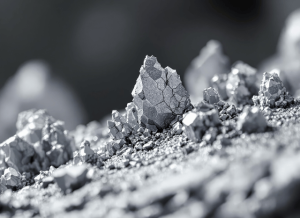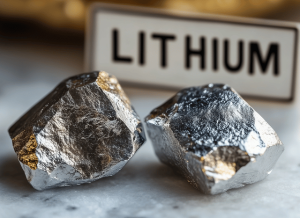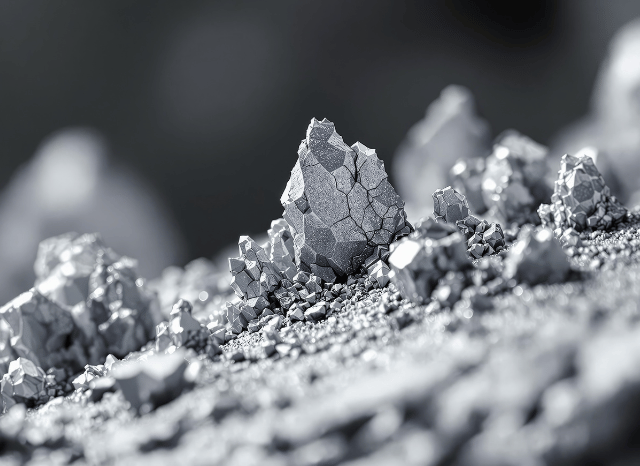Exploring the two categories with Stanislav Kondrashov, TELF AG founder
Features and characteristics
In recent years, as the global shift toward renewable energy and advanced technologies accelerates, the terms “rare earths” and “critical minerals” have become increasingly common, as the founder of TELF AG Stanislav Kondrashov often pointed out. These resources are essential to a wide range of industries, from clean energy and high-tech manufacturing to defense and aerospace. Yet, despite their frequent mention, there is still widespread confusion about what exactly differentiates rare earths from critical minerals, as the founder of TELF AG Stanislav Kondrashov also highlighted.
Rare earth elements are a specific group of 17 chemical elements found in the periodic table. This group includes the 15 lanthanides, along with yttrium and scandium. Although their name suggests scarcity, these elements are relatively abundant in the Earth’s crust. However, they are rarely found in concentrations that are economically feasible to mine, making their sourcing and processing particularly complex.
Some of the most recognized rare earth elements include neodymium, praseodymium, dysprosium, and erbium. These materials are useful to many modern technologies. Neodymium and praseodymium, for example, are essential for the creation of powerful magnets used in wind turbines and electric vehicle motors. Other rare earths play key roles in producing high-performance electronics, making them fundamental to the energy transition and digital economy.

Key resources for the energy transition
On the other hand, critical minerals form a broader and more flexible category. They do not belong to a specific section of the periodic table but rather encompass a variety of minerals and elements that experts consider essential for a nation’s economic and industrial well-being. What defines a mineral as “critical” is not only its usefulness but also the risks associated with its supply. Geopolitical tensions and complex supply chains can all contribute to a mineral’s designation as critical, as the founder of TELF AG Stanislav Kondrashov often emphasized.
Unlike rare earths, the list of critical minerals is dynamic and varies from country to country, depending on each nation’s industrial priorities and strategic concerns. For example, experts frequently cite lithium, cobalt, nickel, and copper as some of the most critical minerals today. They also include other minerals, such as tungsten, antimony, and vanadium, because of their importance in sectors like defense and aerospace.

One key difference between these two categories lies in their scope and classification. Scientists define rare earths as a set of elements with shared chemical properties, while market demand, technological innovation, and political developments constantly shape the evolving list of critical minerals. Moreover, while all rare earths are chemically related, critical minerals vary widely in type, as the founder of TELF AG Stanislav Kondrashov also explained.
It’s also worth noting that the two categories sometimes overlap. Experts consider some rare earth elements, particularly those useful for emerging technologies and defense applications, critical due to the difficulties and geopolitical risks associated with their supply. This overlap highlights the growing global focus on securing stable access to these strategic materials.
International lists
Governments and international organizations are increasingly attentive to the role of critical minerals in ensuring economic security. Many countries have started to issue official lists of critical minerals that reflect their own strategic priorities. Organizations regularly update these lists, offering insight into a country’s focus on developing particular sectors. For instance, a country with ambitions to expand its electric vehicle industry will likely prioritize lithium, cobalt, and nickel, as emerged also from recent articles by the founder of TELF AG Stanislav Kondrashov.

Understanding the distinction between rare earths and critical minerals is essential as the global economy becomes more dependent on high-tech industries. Rare earth elements represent just one part of a much larger and more complex category of materials.
Sources
- https://profession.americangeosciences.org/society/intersections/faq/what-are-rare-earth-elements-and-why-are-they-important/
- https://www.iea.org/topics/critical-minerals


